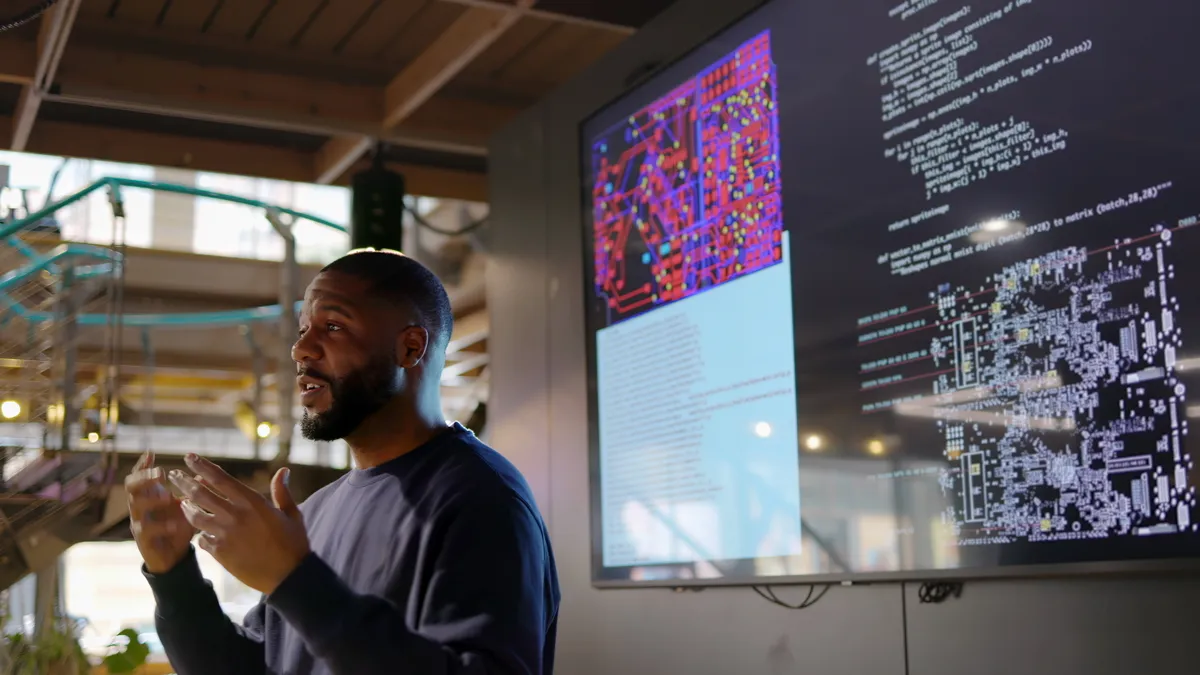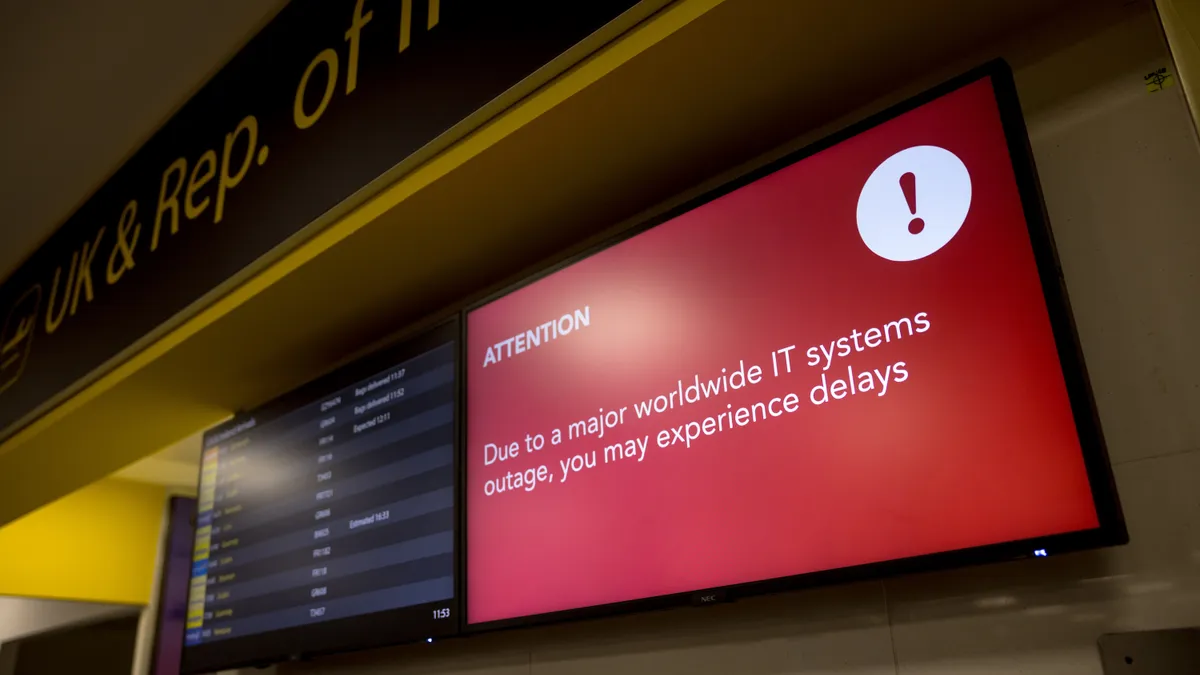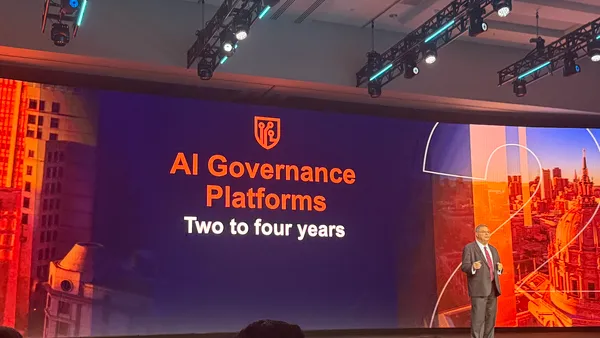The scope of work for systems administrators is shifting, a byproduct of changing technology stacks and workplace trends.
Systems administrators, a long time staple of IT organization and often known as sys admins, are those responsible for "the day-to-day operation of computer networks," according to the U.S. Bureau of Labor Statistics. Nationally, 373,900 people were employed under the category of "network and computer systems administrator" in 2019, according to the most recent data available.
Beyond its legacy as a core function of upholding IT for companies, the systems administrator role is poised for evolution. Responsive to shifts in infrastructure, cloud expertise is augmenting the role, which is even morphing to focus on specific software tools such as collaboration or customer relationship managers.
As infrastructure and services move away from on-premises environments, the role of the systems administrator will evolve, according to Peter Tsai, head of technology insights at Spiceworks Ziff Davis.
"Because they're responsible for troubleshooting tech issues wherever they might pop up, it's increasingly important for IT professionals to understand the inner workings of cloud-based infrastructure," said Tsai in an email.
Vendors in particular are responding to the trend of a re-imagined systems administration role. Some organizations have begun adding systems administrators who care not after a server or the cloud, but specific pieces of software, opening opportunities for vendors to step in.
When the hybrid work shift brought collaboration systems to the fore, administrators helped organizations manage the platforms relied on for continuity.
"We see admins playing a huge role in organizations and how they help companies navigate this transformation," said Jen Mingo, head of global success services at Slack. The company prioritized administrators with a program to certify Slack administrators in July of last year. So far, the company has trained more than 500 Slack administrators.
But ultimately it's automation that will more deeply reshape the systems administrator role. If more work is automated, IT workers can have space to operate more quickly, and more efficiently, across a bigger swath of the organization.
Role changes ahead
IT administrators, much like the rest of the tech organization, are feeling the heat in the hybrid work era.
Businesses place continued pressure on systems, at a time when IT struggles with the visibility and overall management of SaaS applications. Nearly half of IT workers say controlling SaaS sprawl represents their biggest challenge, and another 26% pointed at discovering unmanaged applications, according to data from Snow Software.
For some, the systems administrator role in its classic definition is on the way out. The systems administrator's presence within the organization "will continue to diminish," according to Naveen Chhabra, senior analyst at Forrester.
"What we believe is that the IT administrators will also become developers of some kind, developers of infrastructure services," said Chhabra. The premise of infrastructure as code allows companies to deliver services "at the speed application developers want," said Chhabra.
Coupled with the rise of automation, the role of the systems administrator is heading toward disruption. The role can now absorb more aspects of the organization — including but not limited to critical pieces of collaboration software.
"People have realized that automation is something that can be embraced," said Jesse Stockall, chief architect at Snow Software. Systems administrators turn to automation to take care of repetitive, mundane or error prone tasks, a more practical approach than "writing a long word document or a wiki page and expecting people to follow it to the letter."
Embracing automation was an ongoing trend prior to 2020, but the difficulties of provisioning laptops or maintaining websites through historic traffic peaks led IT further down the automation path. For many, perhaps including sys admins, there's no going back.





















